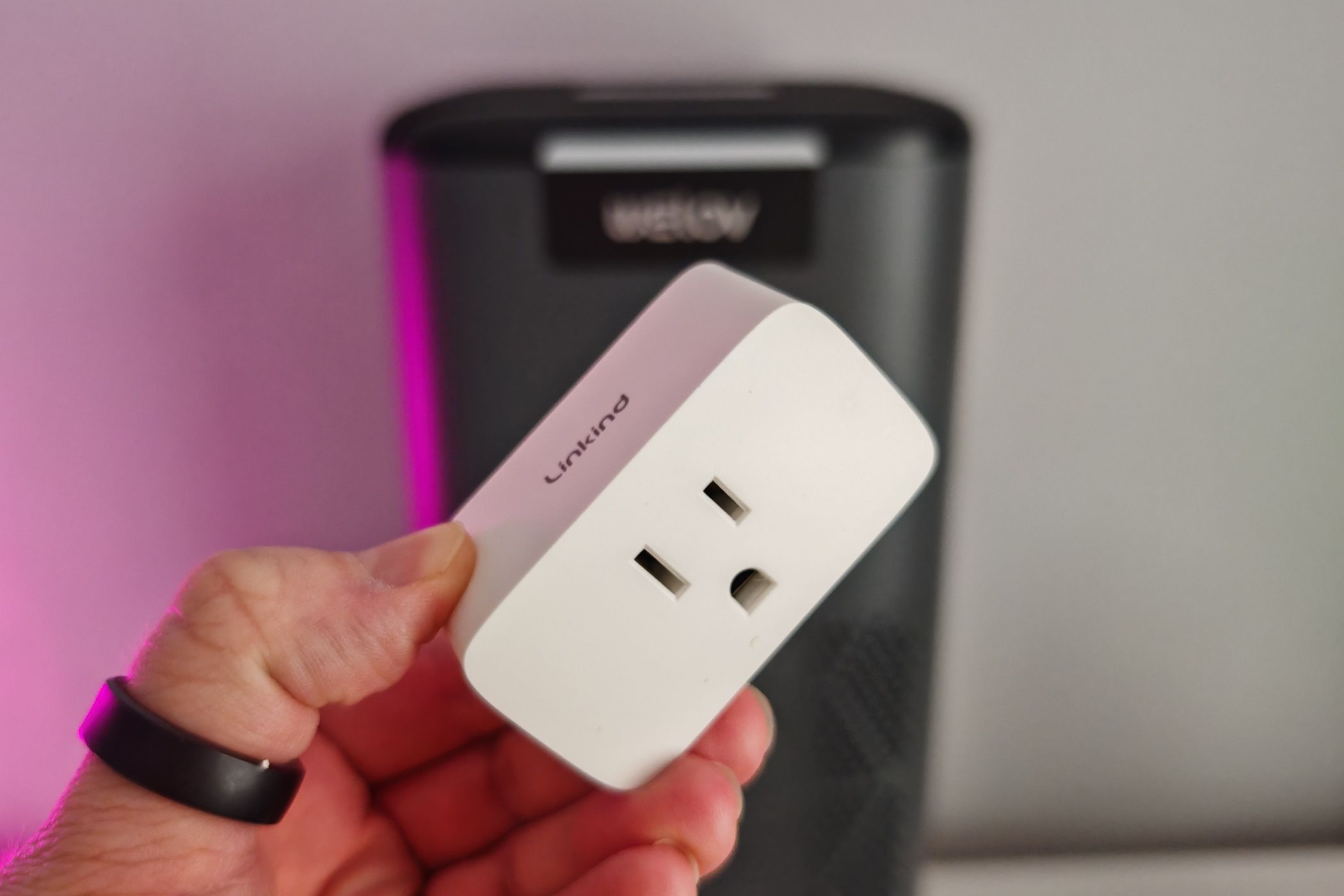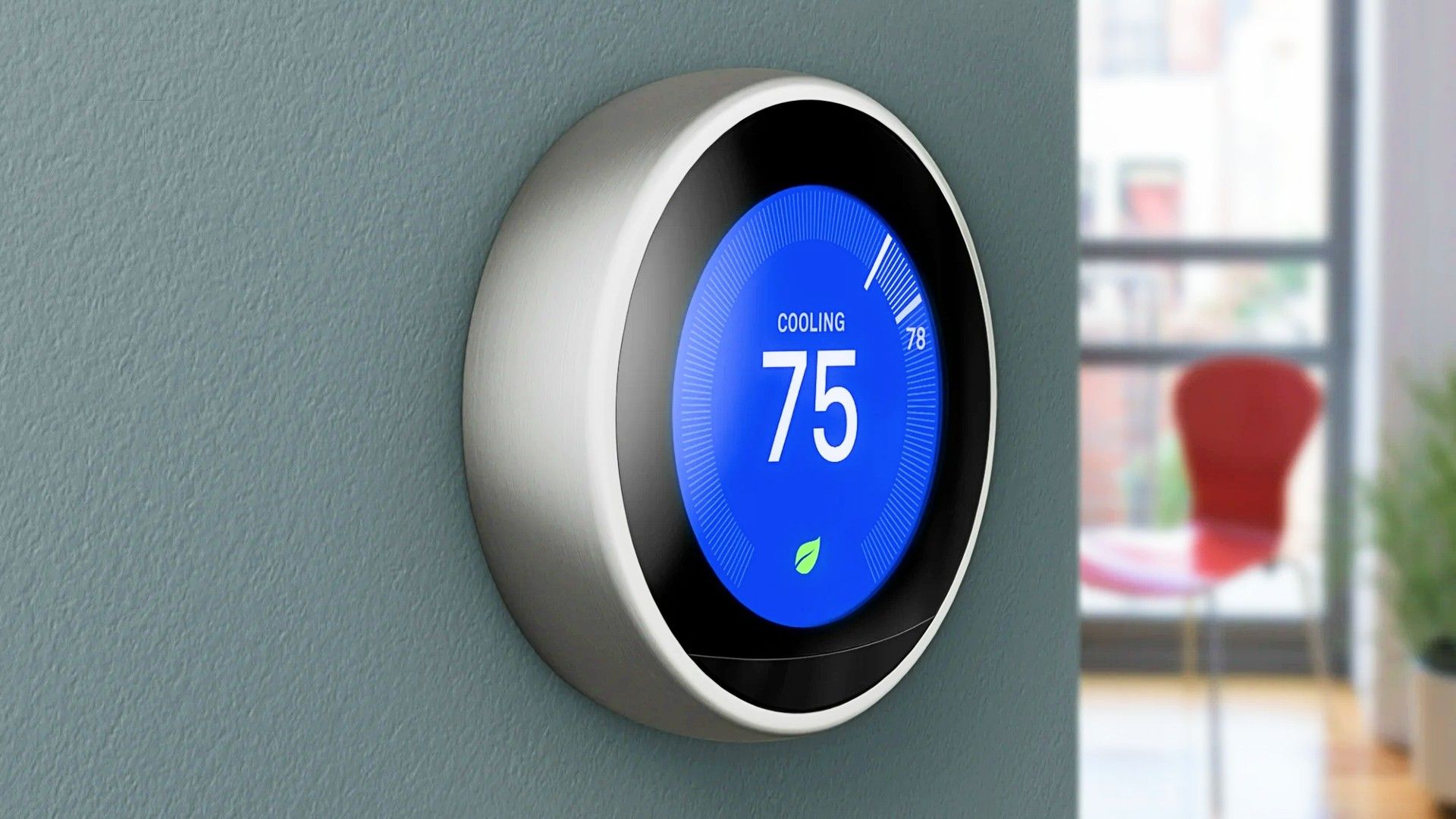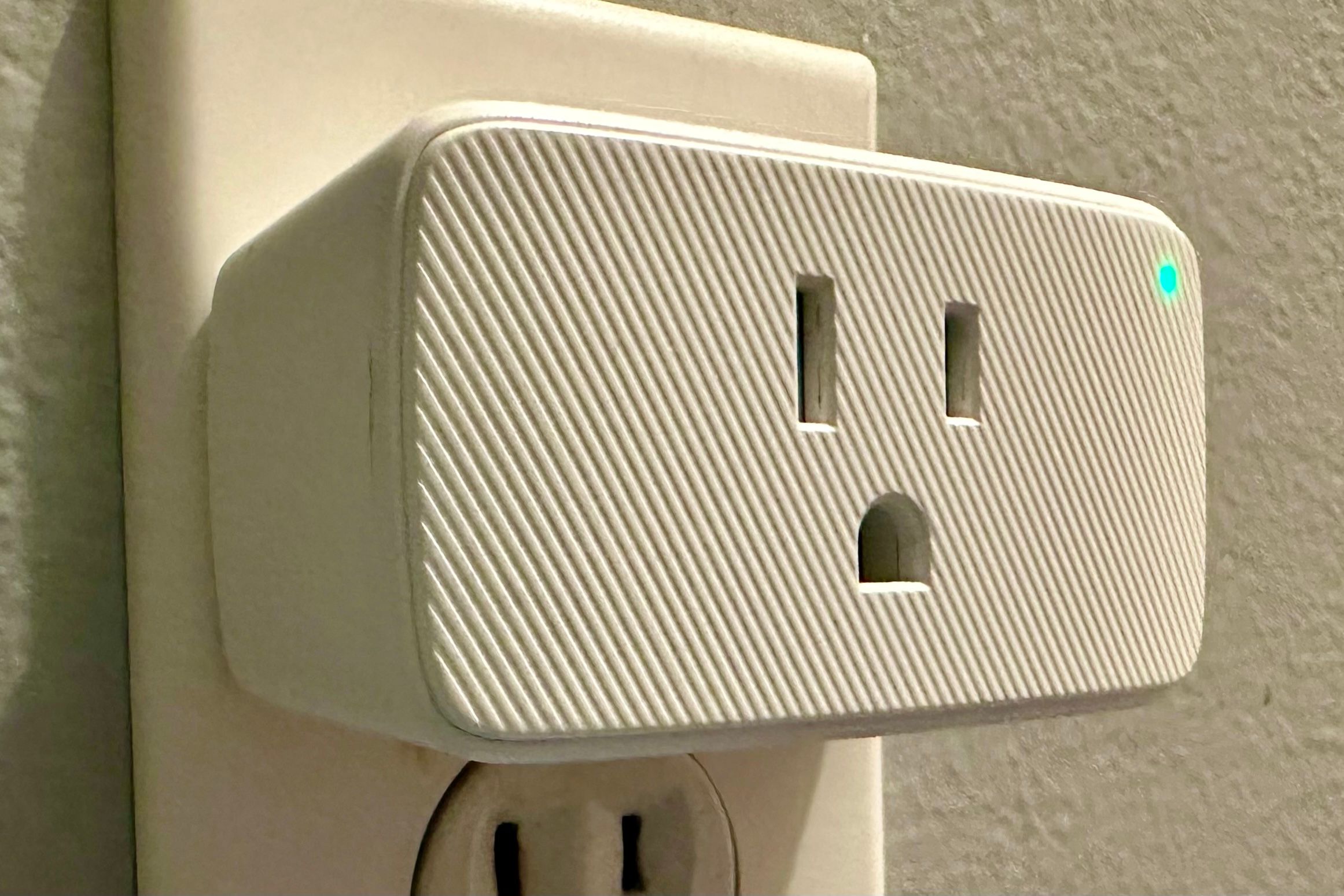With energy prices soaring in recent years, keeping devices and appliances in your home running has become much more expensive. However, while smart home devices add to your total energy usage, they can also help to save you energy.
There are several ways that I use smart devices in my home to bring my energy bills down. While these devices have an initial cost, eventually they could save you money if you put them to good use.
5
Monitoring Energy Prices
My electricity plan offers real-time pricing. It means that the price I pay for electricity changes half-hourly based on supply and demand. During peak hours, the price is usually higher than a standard plan. However, during off-peak hours, it can be significantly lower, and sometimes even drop below zero, effectively paying me to use electricity.
Since I work from home, it’s relatively easy to shift to using energy-intensive devices such as my dryer at cheaper times of day. However, to do so, I need to keep track of the half-hourly rates to know when the lowest prices are available. The rates for the next day are released the previous afternoon, and I can access them via an app.
However, I want to be able to see the prices at a glance, so I can figure out exactly when to wash my clothes or turn on the dryer. Using Home Assistant, I created a dashboard that displays all the upcoming prices, using a color-coding system.
Red prices are higher than what I’d pay on a fixed-price plan, orange prices are a little lower, green prices are significantly lower, and blue prices are close to zero. The dashboard also shows the current usage, current price, and average price so far for the day.
I’ve also set up alerts that tell me when the cheapest one-hour, two-hour, three-hour, and four-hour periods are during the day. If I want to put the dishwasher on for a two-hour cycle, for example, it will alert me when the cheapest consecutive two hours of prices are about to start. Using these tools, I’ve seen my electricity costs drop significantly from what I was paying before.
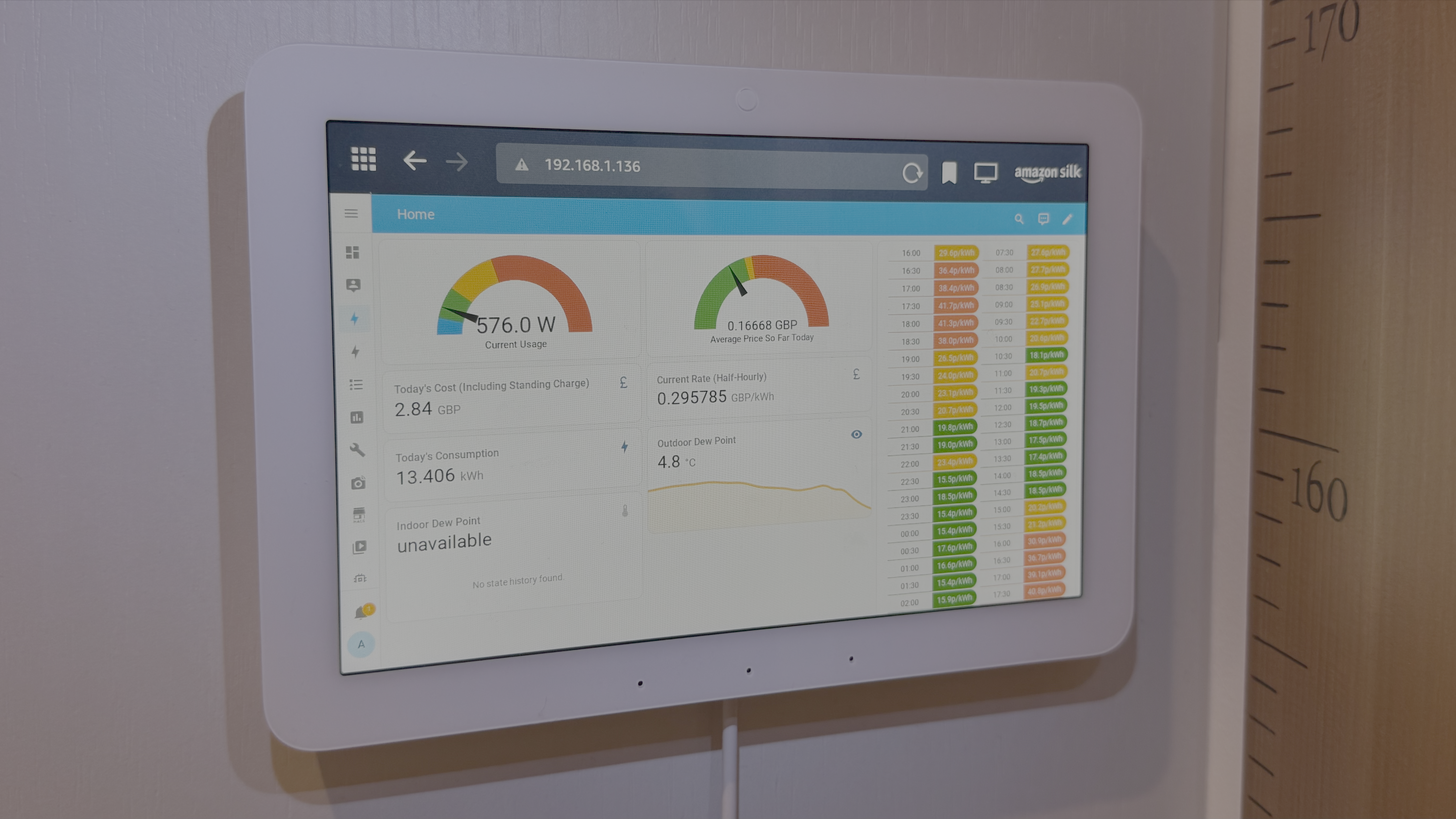
Related
I Only Use My Echo Hub for One Thing (and It’s Not Controlling My Smart Home)
Amazon’s smart home control panel is a good idea in theory, but not in practice.
4
Automatically Using Energy at the Cheapest Times
Having to constantly monitor the electricity prices to know when it’s the cheapest time to turn on appliances isn’t ideal. Thankfully, using tech such as smart plugs, it’s possible to automate some of this. You can use software like Home Assistant to create automations that start devices automatically when the prices are low.
This isn’t suitable for every appliance, however. For example, you don’t want wet clothes sitting in your dryer all day waiting for the electricity price to drop. However, many appliances are a perfect fit.
AiDot
One automation that has saved me a significant amount is for the dehumidifier in my garage. The garage gets quite damp, which can lead to problems with mold, so I run a dehumidifier to keep the humidity down. It’s not cheap to run, but with a Home Assistant automation, I can get it to turn on during the cheapest hours of the day.
Since it doesn’t matter a huge amount when the dehumidifier runs, this is ideal, as I can always run at the cheapest possible times.
3
Reducing Heating Costs With Geolocation
Smart thermostats give you more control over your heating and cooling, but one of the biggest benefits is that you can use geolocation to ensure that you’re not wasting energy heating or cooling your home when you’re not in it.
My smart thermostat can track the location of both me and my wife. If either of us is home, the heating program will run as normal. However, if both of us are out at the same time, the heating will turn off until we return home again. By not heating an empty home, I save a significant amount of energy.
If your smart thermostat doesn’t offer geolocation, you can use software such as Home Assistant to track your location instead. You can then create an automation that will turn off the heating or cooling when everyone is detected as being away from home.
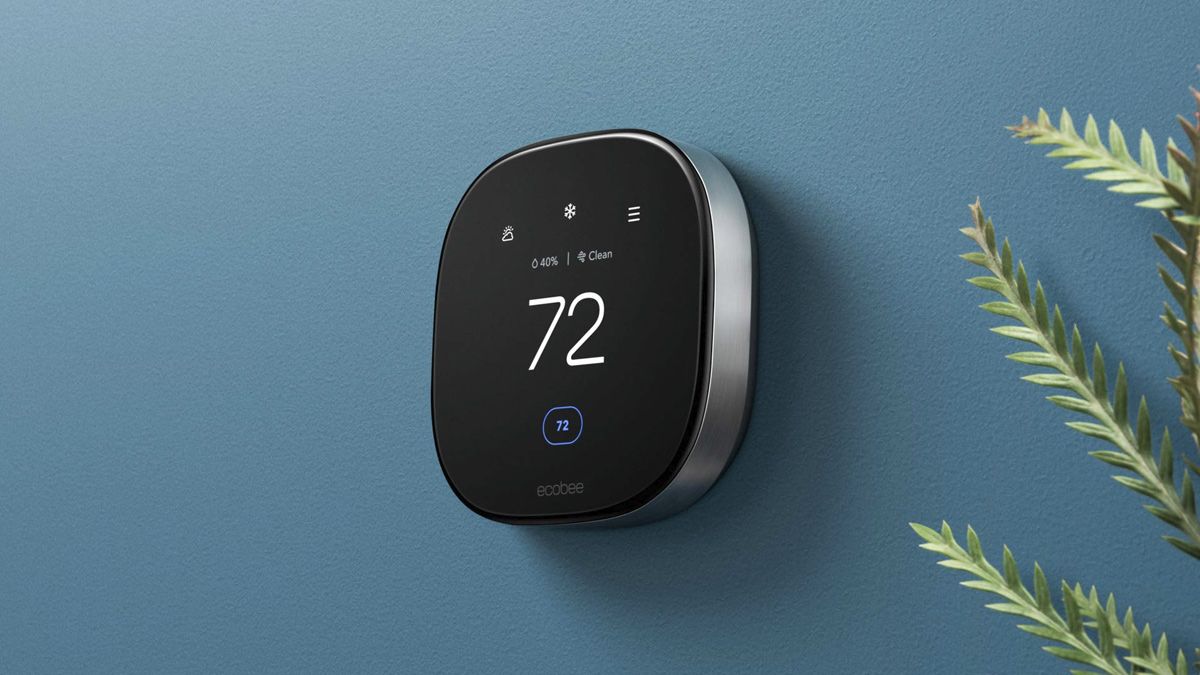
Related
2
Using Smart Plugs Instead of Standby
According to the US Department of Energy, devices left on standby can account for up to 10% of residential energy use and could cost the average home $100 per year. The trouble is that standby exists for a reason: it’s highly convenient. Having to turn your TV on at the plug before you can power it on with your remote is a pain.
This is where smart plugs can help. In the simplest form, you can use an app or voice control to turn on your smart plug before you power on a device, without having to root around behind your TV or computer to find the switch. However, they become even more useful if you use automation.
I created my own remote control to replace the huge pile of remotes that I needed for all my AV equipment. When I press the power button on my remote, it turns on the power to the smart plug, waits a couple of seconds, then sends the signal to turn on the TV. When I press the power button again, the TV powers off, and the smart plug does too, so that the TV is never in standby when I’m not using it.
If your smart plug has an energy monitoring feature, you can even use it to measure how much each appliance uses in standby. If you don’t have enough smart plugs for every device, you can then use them for the biggest energy vampires to give you the maximum energy savings.
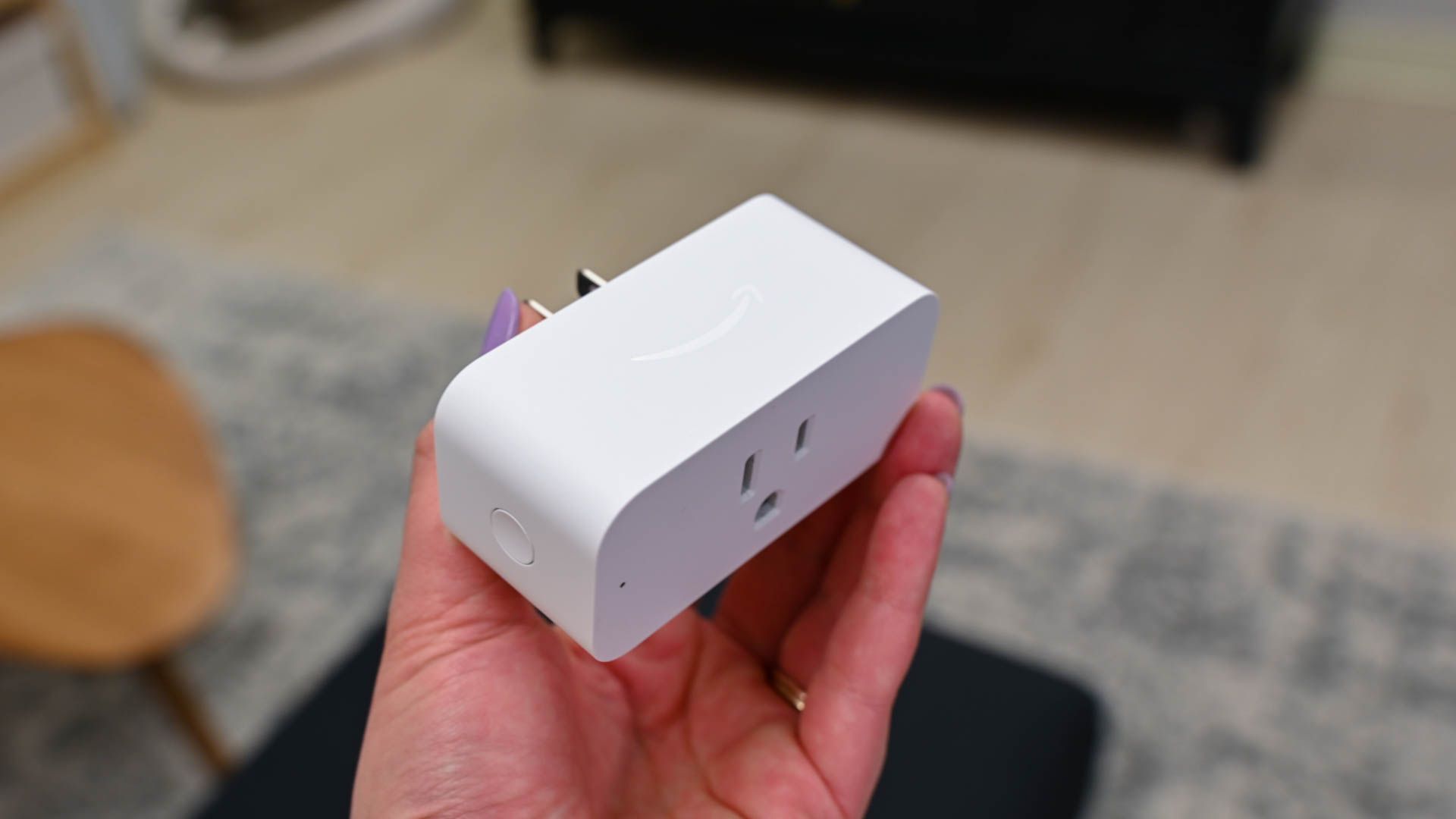
Related
7 Uses for Smart Plugs Beyond Just Turning Devices On or Off
Energy monitoring smart plugs offer even greater benefits.
1
Automating Blinds
By far the biggest proportion of your energy bills is made up of the cost of heating or cooling your home. According to the EPA, space heating is responsible for 42% of energy use in US households. It follows that reducing space heating costs will have the most impact on your bills.
Blinds and drapes are a simple way to ensure that you’re not paying for more heating or cooling than you need to. Allowing sunlight into your home during the day can warm your home significantly for zero cost. Closing blinds and drapes once the sun goes down traps more of the heat inside your home, as your windows are usually a significant source of heat loss. If you’re cooling your home, closing the blinds during the day can reduce how much heat enters your home, meaning you’ll use less energy for cooling it down.
You can open and close blinds and drapes yourself, which is just as effective as automating them, but it does mean that you need to remember to do it. You also need to be around to open or close them in the first place. If you have smart blinds or smart curtain openers, by setting up automations, you can ensure that your blinds or drapes are always helping to reduce your energy costs, even if you’re not around.
With energy prices remaining high, cutting the amount of energy you use can have a significant impact on your bills. Smart home tech can help to reduce some of these costs, and even if you don’t already own the smart home devices you need, the savings you make in the long term may easily outweigh the initial outlay. Even small savings can add up over time, so it’s always worth finding ways to reduce how much energy you use.


